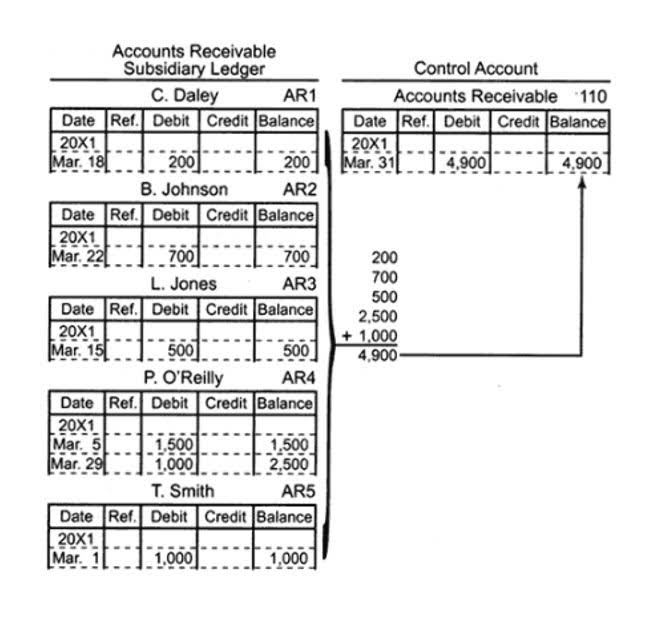
On a balance sheet, assets are always listed in order of liquidity from high to low. This enables anyone reviewing the financials to immediately grasp which assets can readily be converted into cash if needed. Or an early career analyst might assume a company is liquid simply because it has some cash. That assumption could be misleading Suspense Account if the company doesn’t have other assets that can be quickly converted into cash to cover operations and debt expenses.
Cash is king

What would happen if an emergency occurred, and you needed cash or cash equivalents to meet your short-term operating needs? Explore everything you need to know about the concept of liquidity with our simple guide. These examples underscore the diverse spectrum of liquidity across asset classes, highlighting the significance of the order of liquidity in evaluating the tradability and market dynamics of different investments. Understanding the order of liquidity is paramount for investors, as it informs their asset allocation decisions, risk management strategies, and the assessment of investment opportunities. By recognizing the liquidity hierarchy of assets, investors can tailor their portfolios to align with their liquidity preferences, investment horizon, and risk tolerance. Further down the order of liquidity are assets such as real estate, private equity investments, and certain types of bonds that may have limited trading activity or longer settlement periods.
Summary: Liabilities
Order of Liquidity can be described as a listing criterion specified by applicable accounting GAAP, which decides the order of assets presentation in its balance sheet according to its cash generation capability. This is helpful for varied stakeholders in comparing, analyzing, and decision making as they can easily compare two or more balance sheets of either the same company or any other company. As per this, cash is considered the topmost liquid asset, whereas goodwill is considered the most illiquid asset as it cannot generate cash until the business gets sold. The income statement, statement of cash flows, statement of comprehensive income, and the statement of stockholders’ equity report information for a period of time (or time interval) such as a year, quarter, or month. Now let’s do one more calculation of the inventory turnover ratio by using some new information. Let’s assume that a company’s income statement for a recent year reported the cost of goods sold of $720,000.

What Is the Definition of a Free Checking Account?

Similar to other assets, liquid assets are reported on the balance sheet of a company. Assets are listed on the balance sheet in order of liquidity, with the most liquid types listed at the top of the balance sheet and the least liquid in order of liquidity listed at the bottom. A liquid asset is cash on hand or an asset other than cash that can be quickly converted into cash at a reasonable price. In other words, a liquid asset can be quickly sold on the market without a significant loss of its value.
- Interestingly, the current liabilities are not reported in the order in which they are due.
- For current asset accounts, cash and cash equivalents is the most liquid with inventories being the least liquid due to the amount of time it can take to sell stocks to customers.
- A liquid market fosters price transparency, as assets can be traded at prevailing market prices without substantial price fluctuations, promoting fair and equitable transactions.
- The income statement is also referred to as the profit and loss statement, P&L, statement of income, and the statement of operations.
Seeing the sources and uses of cash for a recent time period may provide insights regarding the company’s liquidity. The inventory turnover ratio indicates how often a company’s inventory “turned over” during a year. Generally, the higher the number of times the inventory is sold or turned over in a year, the better.

Alternative Formats of Balance Sheet Presentation

Accounts receivable follow, representing money owed to the company by its customers for goods or services already provided. Some of a company’s https://bz.eng.br/what-is-accounting-definition-importance-types/ assets are cash or things that can be converted to cash quickly. This gives assets priority when being classified on a balance sheet, since converting assets to cash may be a priority with lenders or potential buyers. The ability to convert assets to cash is called liquidity and it’s measured roughly in units of time. Those assets that convert quickly into cash, usually within one year of the balance sheet’s creation, are called current assets.

